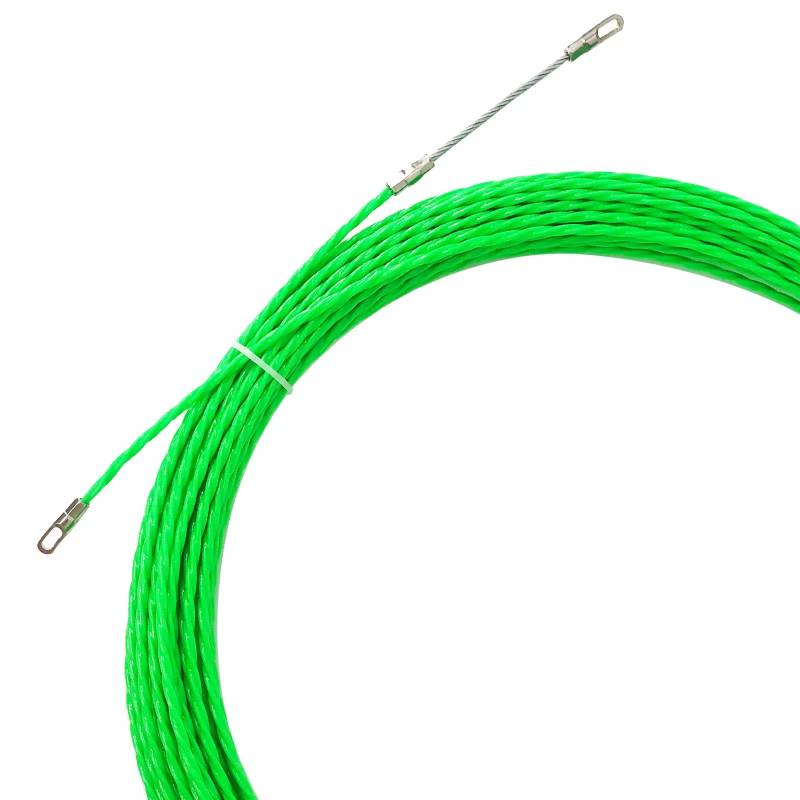
-
 Afrikaans
Afrikaans -
 Albanian
Albanian -
 Amharic
Amharic -
 Arabic
Arabic -
 Armenian
Armenian -
 Azerbaijani
Azerbaijani -
 Basque
Basque -
 Belarusian
Belarusian -
 Bengali
Bengali -
 Bosnian
Bosnian -
 Bulgarian
Bulgarian -
 Catalan
Catalan -
 Cebuano
Cebuano -
 Corsican
Corsican -
 Croatian
Croatian -
 Czech
Czech -
 Danish
Danish -
 Dutch
Dutch -
 English
English -
 Esperanto
Esperanto -
 Estonian
Estonian -
 Finnish
Finnish -
 French
French -
 Frisian
Frisian -
 Galician
Galician -
 Georgian
Georgian -
 German
German -
 Greek
Greek -
 Gujarati
Gujarati -
 Haitian Creole
Haitian Creole -
 hausa
hausa -
 hawaiian
hawaiian -
 Hebrew
Hebrew -
 Hindi
Hindi -
 Miao
Miao -
 Hungarian
Hungarian -
 Icelandic
Icelandic -
 igbo
igbo -
 Indonesian
Indonesian -
 irish
irish -
 Italian
Italian -
 Japanese
Japanese -
 Javanese
Javanese -
 Kannada
Kannada -
 kazakh
kazakh -
 Khmer
Khmer -
 Rwandese
Rwandese -
 Korean
Korean -
 Kurdish
Kurdish -
 Kyrgyz
Kyrgyz -
 Lao
Lao -
 Latin
Latin -
 Latvian
Latvian -
 Lithuanian
Lithuanian -
 Luxembourgish
Luxembourgish -
 Macedonian
Macedonian -
 Malgashi
Malgashi -
 Malay
Malay -
 Malayalam
Malayalam -
 Maltese
Maltese -
 Maori
Maori -
 Marathi
Marathi -
 Mongolian
Mongolian -
 Myanmar
Myanmar -
 Nepali
Nepali -
 Norwegian
Norwegian -
 Norwegian
Norwegian -
 Occitan
Occitan -
 Pashto
Pashto -
 Persian
Persian -
 Polish
Polish -
 Portuguese
Portuguese -
 Punjabi
Punjabi -
 Romanian
Romanian -
 Russian
Russian -
 Samoan
Samoan -
 Scottish Gaelic
Scottish Gaelic -
 Serbian
Serbian -
 Sesotho
Sesotho -
 Shona
Shona -
 Sindhi
Sindhi -
 Sinhala
Sinhala -
 Slovak
Slovak -
 Slovenian
Slovenian -
 Somali
Somali -
 Spanish
Spanish -
 Sundanese
Sundanese -
 Swahili
Swahili -
 Swedish
Swedish -
 Tagalog
Tagalog -
 Tajik
Tajik -
 Tamil
Tamil -
 Tatar
Tatar -
 Telugu
Telugu -
 Thai
Thai -
 Turkish
Turkish -
 Turkmen
Turkmen -
 Ukrainian
Ukrainian -
 Urdu
Urdu -
 Uighur
Uighur -
 Uzbek
Uzbek -
 Vietnamese
Vietnamese -
 Welsh
Welsh -
 Bantu
Bantu -
 Yiddish
Yiddish -
 Yoruba
Yoruba -
 Zulu
Zulu


נוב . 17, 2024 17:28 Back to list
Exploring the Impact of Arc Force and Hot Start on Welding Performance
Understanding Arc Force and Hot Start in Welding
In the world of welding, two critical concepts that often come into play are arc force and hot start, both of which are vital for achieving high-quality welds. Understanding these concepts can significantly enhance welding performance and lead to better results in various applications.
Arc Force Explained
Arc force refers to the electromagnetic force generated during the welding process, which acts on the welding electrode. This force plays a significant role in stabilizing the arc and maintaining a consistent weld bead. When the welding current passes through the electrode, it creates a magnetic field that interacts with the weld pool, contributing to the movement and penetration of the molten metal. This force is especially important in processes such as MMA (Manual Metal Arc) welding, where it helps to balance the arc length and enhance the arc stability.
A higher arc force generally leads to deeper penetration and a more concentrated weld pool, which can be beneficial in thick materials. However, excessive arc force might cause issues like burn-through or an uneven bead profile. Therefore, it's essential for welders to adjust their techniques and parameters to optimize arc force for specific welding scenarios.
arc force and hot start

The Role of Hot Start
Hot start refers to a feature in modern welding machines that provides an initial boost in current for a brief period when the welding process begins. This feature is particularly useful for striking an arc in difficult conditions, such as when the electrode is cold or when welding in tricky positions. When a welder activates a hot start, the machine temporarily increases the output current, which helps to establish the arc more easily.
This surge in current helps to ensure that the electrode melts more readily at the beginning, allowing for a smooth transition into the main welding process. After a short duration, the machine returns to the preset welding current, allowing for steady operation. The hot start feature minimizes the chance of porosity and other defects that can occur if the arc is not initiated properly.
Conclusion
In summary, arc force and hot start are two fundamental aspects of welding that can significantly affect the quality of welds. By recognizing the importance of arc force, welders can manipulate their techniques to achieve optimal penetration and bead formation. Likewise, incorporating the hot start feature can facilitate a more reliable and efficient arc initiation. As welding technology advances, understanding these concepts becomes crucial for anyone looking to enhance their welding skills and produce superior welds in various materials and applications.
Latest news
The Unique Design of Cable Socks
NewsJun.04,2025
Swivel Connectors in Industrial Automation
NewsJun.04,2025
Safety Features of Link Sticks
NewsJun.04,2025
How to choose the best cable pulling winch for sale
NewsJun.04,2025
Fish tape safety precautions
NewsJun.04,2025
Essential Maintenance Tips for Cable Pulling Tools
NewsJun.04,2025











